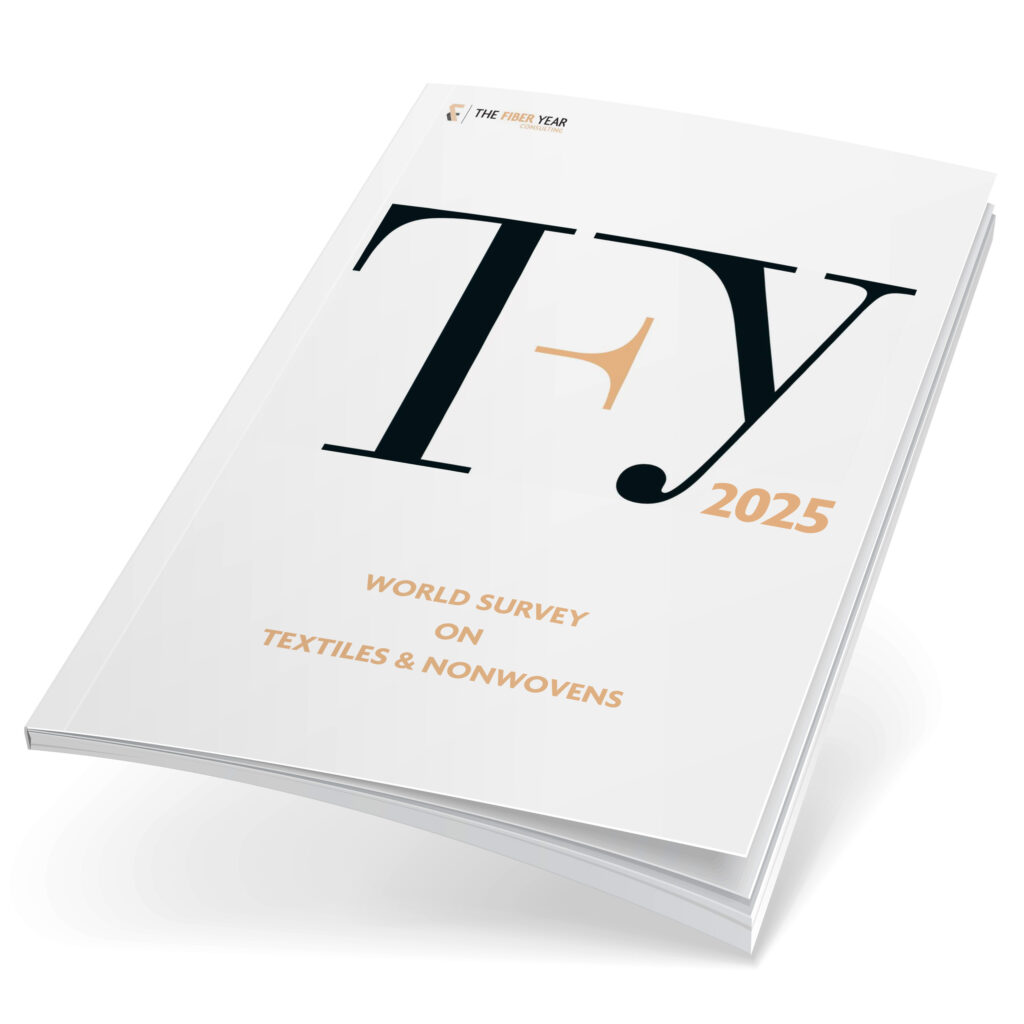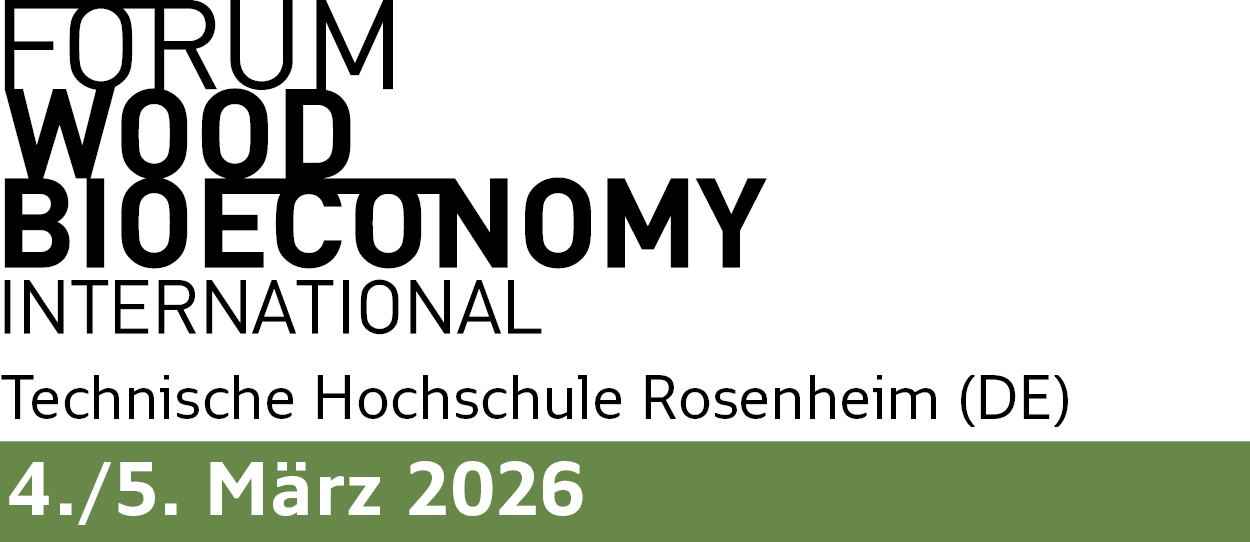
The Fiber Year celebrates its 25th anniversary with this service that Vereinigte Glanzstoff-Fabriken AG launched early 1950s when informing about the status of the world manmade fiber industry at press conferences. On the occasion of the 1965 review Dr. Ernst Hellmut Vits, chairman of the board between 1940 and 1969, expressed that this industry will enjoy dynamic growth. A truly appropriate evaluation as manmade fibers at that time amounted to 5 million tonnes and have by now reached the twentyfold size.
The world economy seems to have stabilized and is projected in the April 2025 World Economic Outlook by IMF to remain below pre-pandemic dynamics. Climate-related hazards such as floods, droughts, heat waves, hurricanes or cyclones again impacted crop growing and manufacturing. Commodity prices mostly fell in the second straight year which does not alleviate the trouble of high food prices in developing countries where food-price inflation remained high. Raw cotton and polyester prices further eased and the average apparel import price into EU decreased by 7%. Skyrocketing freight rates until mid-2024 have also played a decisive role. The Shanghai Containerized Freight Index (SCFI) has more than tripled by mid-2024 compared with late 2023. As per year-end, SCFI was down 34% from its 2024 high and dropped another 45% until end of April 2025.
The year 2024 ended with an accelerated growth of fibers and filaments. Export dynamics of 14 major Asian industries analyzed in chapter 8 showed a strong improvement from July. While their cumulative export value in the first half inched up by 0.2%, second half-year witnessed an annual 3.3% gain.
Apparel import quantity between July and December surged into U.S. by 11.1% and into EU by even 13.5%. A downer, however, was demand from the automotive industry with global passenger car production advancing less than 1% with the contribution from both the American and European region tumbling. As consequence of slow manufacturing, 13 tire plants in the both areas were announced to be closed during 2024/25 versus 31 greenfield mills and 29 expansion projects in Asia. Carpet and home textile end-uses remained in shrinking mode as result of U.S. housing affordability crisis and increasing European saving rate.
The world fiber market comprising all natural and manmade types experienced again increased supply from PR China while the remaining world suffered from its third straight contraction. Splitting manmade fiber industry into PR China and remaining industries all together, conclusion is the very same like in previous two years: expansion in mainland China and cumulative decline outside PR China. Chinese growth rates have outperformed world manufacturing during the entire quota-free period. Businesses in India, Vietnam and basically Türkiye, despite current difficulties in polyester, succeeded to expand in the long run. In contrast, formerly large-scale industries in Europe, Japan, Korea, Mexico, Taiwan and USA sustained annual losses between 2.5% and 5.5% since 2005.
The composition of the world fiber market continued its long-term trend with cotton declining to a new low at 19% share in favor of manmade fibers, experiencing persistent improvements with synthetics climbing to 70% and cellulosics reaching 7%.
The increasing concentration on just a few industries went on. The top-10 countries, including EU en bloc, were responsible for 98% of filament and 85% of staple fiber supply. The ten leading exporting nations have achieved new highs in both categories as a clear proof that the entire industry is and will continue to be reliant on international division of labor. Textile and chiefly garmenting have been like a traveling circus, moving from one place with low labor costs to another with even lower costs. This race will never come to an end. Tariff and nontariff trade barriers will not return labor-intensive manufacturing to high-income nations. Such measures will just raise uncertainty and disrupt supply chains. Retailers will seek for alternative sourcing options and consumers have to foot the bill by suffering from the consequences of higher priced textile articles.
The textile business certainly has been a growth model. A significant enlargement of the fiber market can be expected given the free evolvement of trade flows with almost 1.1 billion new consumers by 2040 and reams of investments in recycling to promote sustainable products and to preserve natural resources.
TFY 2025

World Survey on Textiles & Nonwovens
Source
The Fiber Year, press release, 2025-05-23.
Supplier
European Union
International Monetary Fund (IMF)
The Fiber Year GmbH
Share
Renewable Carbon News – Daily Newsletter
Subscribe to our daily email newsletter – the world's leading newsletter on renewable materials and chemicals












